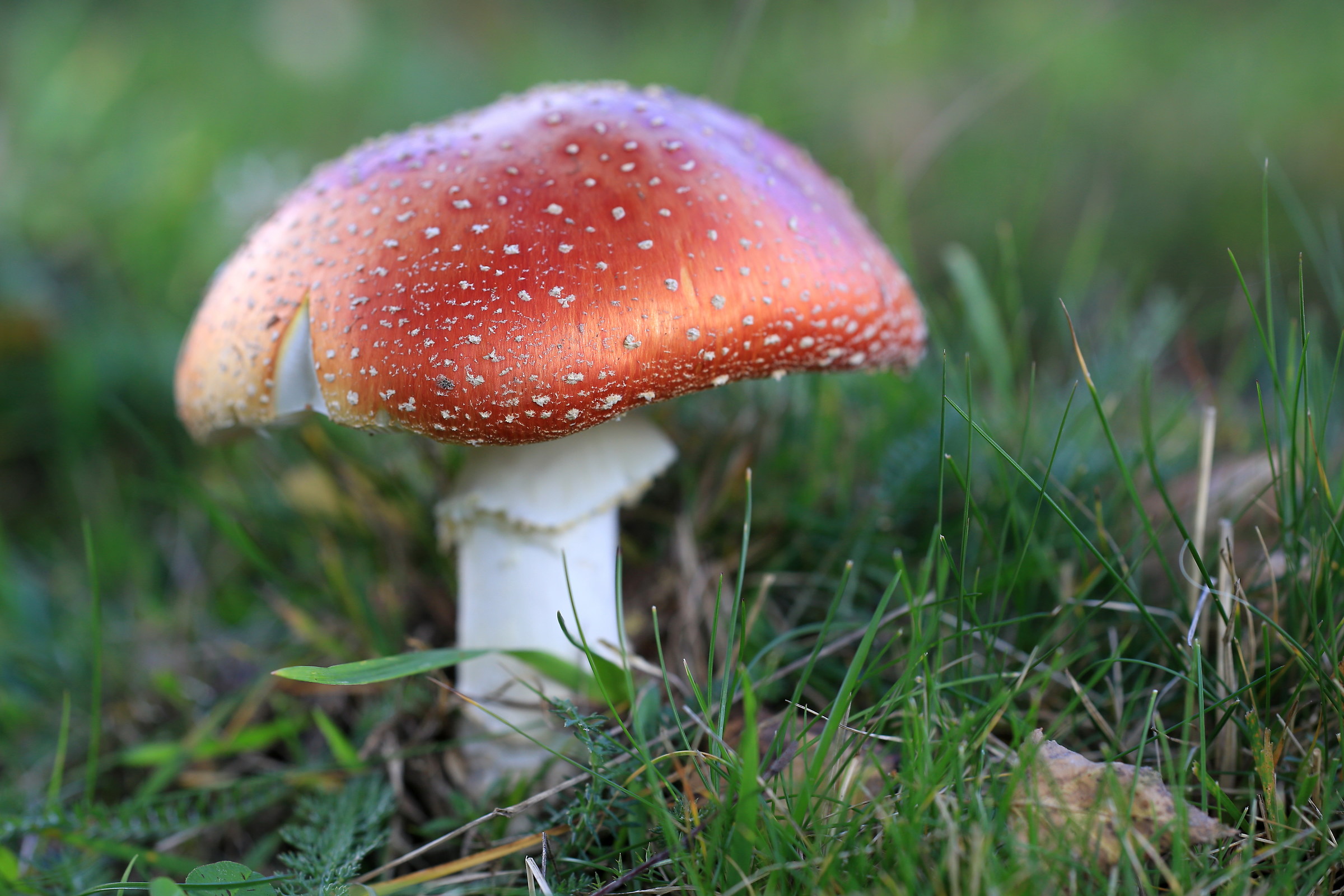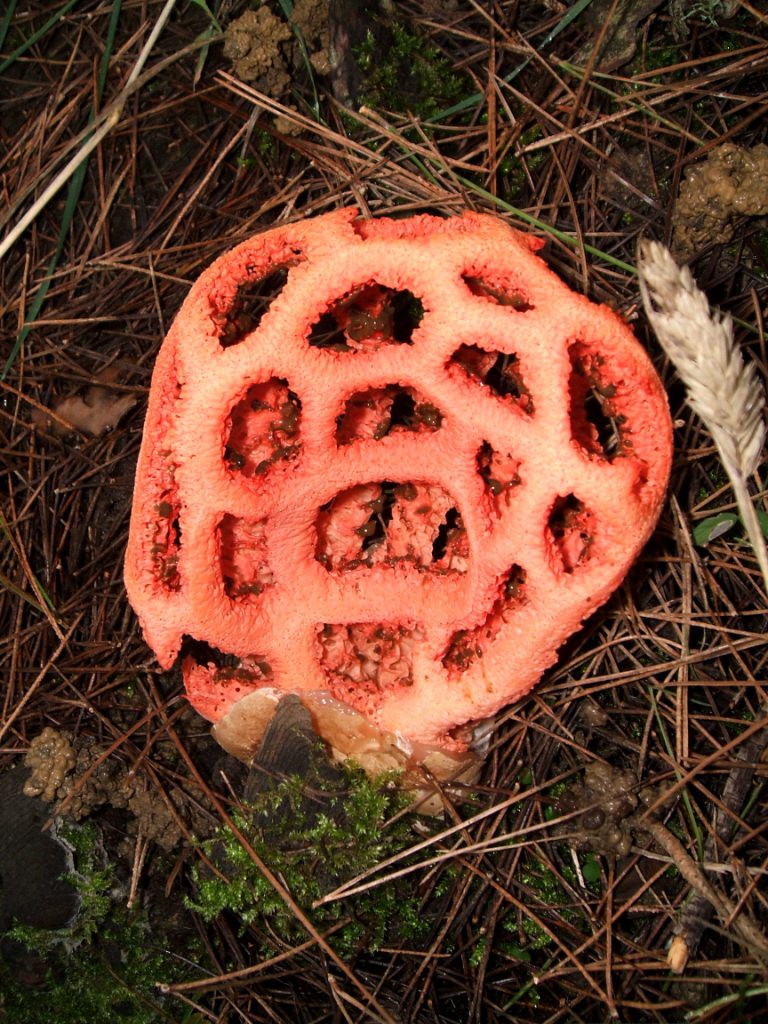Unveiling The Mystery Of Il Fungo: The Ultimate Guide To Mushrooms
Il fungo is not just a word; it's a universe of flavors, colors, and secrets waiting to be discovered. Imagine walking through a forest, the ground covered with mysterious growths that seem both alien and familiar. These are mushrooms, and their allure has captivated humans for centuries. From gourmet dishes to medicinal wonders, il fungo plays a vital role in our lives. But what exactly makes these fungi so special? Let's dive into the fascinating world of mushrooms and uncover their hidden powers.
Picture this: you're in a cozy Italian trattoria, sipping on a glass of Chianti, and suddenly the waiter recommends a dish featuring fresh porcini mushrooms. You nod, intrigued, and as the plate arrives, the earthy aroma hits you like a wave. That's the magic of il fungo. It's not just food; it's an experience. And today, we're going to explore every nook and cranny of this magical kingdom.
Whether you're a chef looking for inspiration, a health enthusiast searching for natural remedies, or simply someone who loves a good story, this article is for you. We'll cover everything from the basics of mushroom biology to their culinary uses and even touch on their cultural significance. So grab a cup of coffee, sit back, and let's embark on this fungal adventure together.
Read also:Mina Veneta The Ultimate Guide To Her Life Career And Achievements
Table of Contents
- What is Il Fungo?
- The Biology of Fungi
- Edible Mushrooms: A Culinary Delight
- Health Benefits of Mushrooms
- Mushroom Cultivation: Growing Your Own
- Varieties of Mushrooms
- Mushroom Mythology and Culture
- Harvesting Mushrooms Safely
- The Mushroom Industry Today
- The Future of Mushrooms
What is Il Fungo?
Il fungo, or mushrooms in Italian, refers to a diverse group of organisms that belong to the kingdom Fungi. Unlike plants, mushrooms lack chlorophyll, which means they can't produce their own food through photosynthesis. Instead, they rely on decomposing organic matter or forming symbiotic relationships with other organisms. But here's the kicker: mushrooms are much more than just decomposers. They play a crucial role in ecosystems, provide incredible health benefits, and are a chef's dream ingredient.
Think about it: mushrooms are everywhere, from the forest floor to your local grocery store. They come in all shapes and sizes, some edible, others toxic. And while we might take them for granted, mushrooms have been used for centuries in medicine, cuisine, and even spiritual practices. So, what exactly makes il fungo so fascinating? Let's break it down.
Why Mushrooms Matter
Here are a few reasons why mushrooms deserve our attention:
- They are nature's recyclers, breaking down dead organic matter and returning nutrients to the soil.
- Some species have powerful medicinal properties, such as boosting the immune system and fighting cancer.
- Mushrooms are incredibly versatile in the kitchen, adding depth and umami to any dish.
- They have cultural significance, appearing in myths, legends, and art across the globe.
The Biology of Fungi
Diving into the science of il fungo, we find a world that's both complex and fascinating. Fungi are neither plants nor animals; they occupy their own kingdom in the biological classification system. At the heart of every mushroom lies the mycelium, a network of thread-like structures that spread through the soil or substrate. This mycelium is the true body of the fungus, while the mushroom we see above ground is just the fruiting body.
One of the coolest things about fungi is their ability to form symbiotic relationships with plants. These relationships, known as mycorrhizae, help plants absorb nutrients from the soil more efficiently. In return, the fungi receive sugars produced by the plants through photosynthesis. It's a win-win situation that's essential for healthy ecosystems.
How Mushrooms Grow
Here's a quick breakdown of the mushroom life cycle:
Read also:Why Stans Dc Are The Heartbeat Of The Comic Universe
- Spore Germination: The process begins when spores land on a suitable substrate and start growing.
- Mycelium Development: The spores grow into a network of mycelium, which spreads and searches for nutrients.
- Fruiting Body Formation: When conditions are right, the mycelium produces a fruiting body, or mushroom, which releases spores to start the cycle again.
Edible Mushrooms: A Culinary Delight
Now, let's talk about the star of the show: edible mushrooms. Whether you're whipping up a creamy risotto or tossing some slices into a stir-fry, mushrooms add an undeniable richness to any dish. But not all mushrooms are created equal. Different species have unique flavors, textures, and cooking properties, so it's important to know your options.
Take the classic white button mushroom, for example. It's mild and versatile, making it perfect for beginners. On the other hand, you have exotic varieties like truffles, which command high prices due to their intense aroma and scarcity. And let's not forget the king of mushrooms: porcini. These meaty fungi are a staple in Italian cuisine, adding depth and umami to everything from pasta to soups.
Top Edible Mushrooms to Try
- White Button Mushrooms: Mild and versatile.
- Porcini Mushrooms: Meaty and rich, perfect for hearty dishes.
- Shiitake Mushrooms: Earthy and flavorful, great in Asian cuisine.
- Truffles: Luxurious and aromatic, used sparingly for maximum impact.
Health Benefits of Mushrooms
Beyond their culinary appeal, mushrooms pack a powerful punch when it comes to health benefits. For centuries, traditional medicine systems like Chinese medicine have used mushrooms to treat a variety of ailments. Modern science has now confirmed many of these benefits, making mushrooms a hot topic in the health and wellness world.
Some of the key health benefits of mushrooms include:
- Boosting the immune system with compounds like beta-glucans.
- Supporting heart health by lowering cholesterol levels.
- Providing a rich source of antioxidants, which help fight free radicals.
- Potentially reducing the risk of certain cancers through their anti-inflammatory properties.
Medicinal Mushrooms to Watch
Here are a few medicinal mushrooms that have gained popularity in recent years:
- Reishi: Known as the "mushroom of immortality," reishi is prized for its immune-boosting and anti-inflammatory effects.
- Cordyceps: Often used to enhance energy and athletic performance, cordyceps has also shown promise in treating respiratory conditions.
- Lion's Mane: This unique-looking mushroom is gaining attention for its potential to improve cognitive function and mental health.
Mushroom Cultivation: Growing Your Own
Ready to take your mushroom obsession to the next level? Growing your own mushrooms can be a fun and rewarding experience. Not only do you get fresh, organic produce, but you also gain a deeper understanding of how these fascinating organisms work. Plus, it's a great way to ensure you're not consuming any toxic varieties.
Here's a step-by-step guide to mushroom cultivation:
- Choose Your Mushroom: Decide which species you want to grow, based on your climate and available space.
- Select a Substrate: Different mushrooms require different growing mediums, such as straw, sawdust, or coffee grounds.
- Inoculate the Substrate: Introduce mushroom spores or spawn to the substrate and let them colonize.
- Provide Ideal Conditions: Mushrooms thrive in dark, humid environments, so make sure to mimic their natural habitat.
- Harvest and Enjoy: Once the mushrooms have matured, carefully harvest them and enjoy the fruits of your labor.
Varieties of Mushrooms
With thousands of mushroom species out there, it's no wonder people get overwhelmed. But don't worry; we've got you covered. Here's a quick overview of some of the most popular mushroom varieties:
Common Mushroom Types
- Agaricus Bisporus: The humble white button mushroom, found in grocery stores worldwide.
- Pleurotus Ostreatus: Also known as oyster mushrooms, these are prized for their delicate flavor and ease of cultivation.
- Boletus Edulis: The king of mushrooms, also known as porcini, with its rich, earthy taste.
Mushroom Mythology and Culture
Throughout history, mushrooms have played a significant role in mythology and culture. In ancient Greece, they were associated with the god Dionysus, symbolizing fertility and rebirth. Meanwhile, in Norse mythology, mushrooms were believed to be the food of the gods, granting strength and wisdom to those who consumed them.
In modern times, mushrooms continue to inspire artists, writers, and musicians. From Lewis Carroll's "Alice's Adventures in Wonderland" to psychedelic rock bands, the allure of il fungo persists. It's no wonder these fascinating organisms have captured our imaginations for so long.
Harvesting Mushrooms Safely
While foraging for wild mushrooms can be an exciting adventure, it's crucial to do so safely. Many mushrooms are toxic, and some can even be deadly if consumed. That's why it's important to educate yourself before heading out into the woods.
Here are a few tips for safe mushroom harvesting:
- Never eat a mushroom unless you're 100% sure of its identification.
- Carry a field guide or consult with an expert if you're unsure.
- Pay attention to the environment; some mushrooms only grow in specific conditions.
- Respect nature and don't over-harvest; leave some mushrooms behind for others to enjoy.
The Mushroom Industry Today
The global mushroom industry is booming, with demand for both culinary and medicinal mushrooms on the rise. According to a report by Mordor Intelligence, the global mushroom market is expected to grow at a CAGR of 7.5% from 2022 to 2027. This growth is driven by increasing health consciousness, rising demand for organic produce, and the popularity of plant-based diets.
Companies are also exploring innovative ways to use mushrooms, from creating sustainable packaging to developing new food products. For example, mushroom leather is gaining traction as an eco-friendly alternative to traditional leather. It's clear that the future of mushrooms is bright, and we can expect to see even more exciting developments in the years to come.
The Future of Mushrooms
As we look to the future, mushrooms hold immense potential for solving some of the world's biggest challenges. From addressing food security to combating climate change, these humble organisms could play a crucial role in shaping a better world. Scientists are already exploring ways to use mushrooms in bioremediation, breaking down pollutants and restoring damaged ecosystems.
So, the next time you see a mushroom, take a moment to appreciate its complexity and potential. Whether you're savoring a delicious dish or simply enjoying a walk in the forest, il fungo has something to offer everyone. And who knows? Maybe one day, mushrooms will save the world.
Conclusion
We've journeyed through the enchanting world of il fungo, uncovering its secrets and marveling at its versatility. From the science of mycelium to the art of culinary creation, mushrooms have proven themselves to be truly remarkable organisms.

